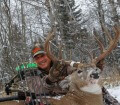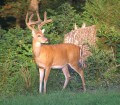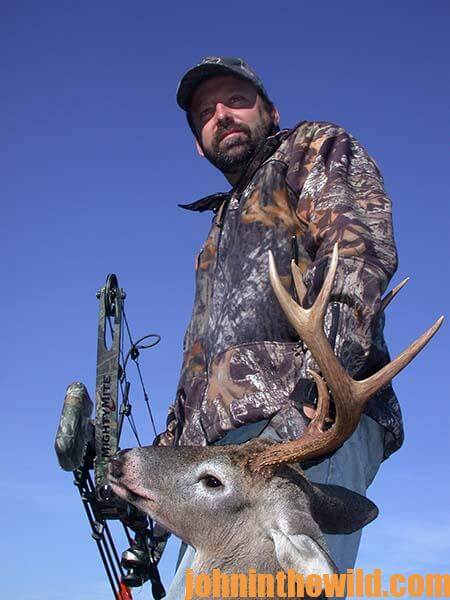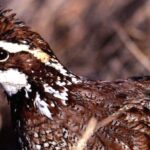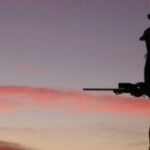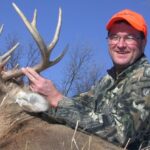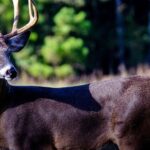John’s Note: During the post deer season, deer hunters can obtain a reasonable indication of the numbers and sizes of bucks that have eluded hunters and will be available during the upcoming season.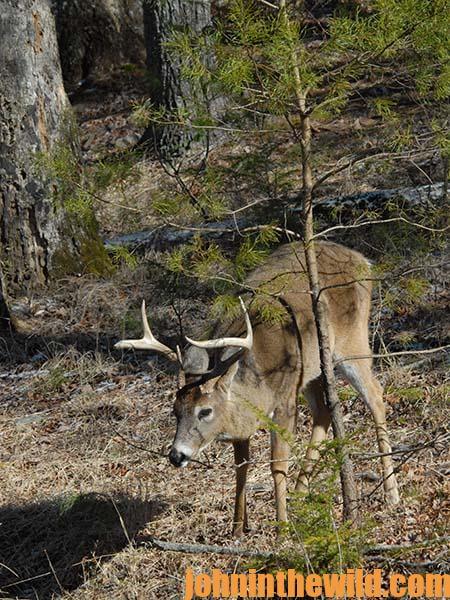
The woods are quiet now.
Gone are the hunters, their human scent and the noises of their weapons. After their departures from the deer forests, the deer have returned from their hunting-season retreats and have resumed their normal feeding and movement patterns. Moving quietly and slowly among the trees, however, we may observe a lone figure dressed in camouflage. Through the binoculars, we study this silent stalker we suspect to be a poacher. But close observation reveals that he carries no weapons. Around his neck hangs a pair of rattling antlers and a lanyard that holds a grunt call. Around his waist is a fanny pack bulging with all types of gear. On the soles of his shoes is a string that’s apparently attached to some type of deer scent container. What’s this hunter doing in the woods stalking deer after the season has ended? What does he hope to gain? Does he know something we don’t?
As the man moves closer, I can see his camo-painted face under the bill of his cap. His eagle-like eyes scan the forest for the slightest movement. When he spots a white flash in the distance that may be the white inside of a deer’s ear or the white of a deer’s tail, he quickly withdraws a small pair of compact binoculars from his shirt pocket and investigates. As I watch, I soon realize this man probably consistently has taken more big deer than any-other outdoorsman in our area. This encounter has made me even more eager to study the importance and benefits of post-season scouting.
Most deer hunters wait until 2-weeks before bow or gun season starts to begin scouting and then attempt to determine where the deer are, and where they can set-up ambushes. Very rarely do they know the sizes, the sexes or the ages of the deer they’re hunting. The trophy hunter doesn’t hunt deer in general but, rather hunts that one superior buck that has survived a minimum of three seasons and is one of the smartest animals that walks in the woods. Therefore, before the trophy hunter can plan for the next season, he first must learn if a trophy buck lives on the property he intends to hunt in the coming year. If there was a trophy buck on this property during the past season, he must investigate whether or not that deer survived. After the season, a trophy buck will leave the hideout he’s used to dodge hunters 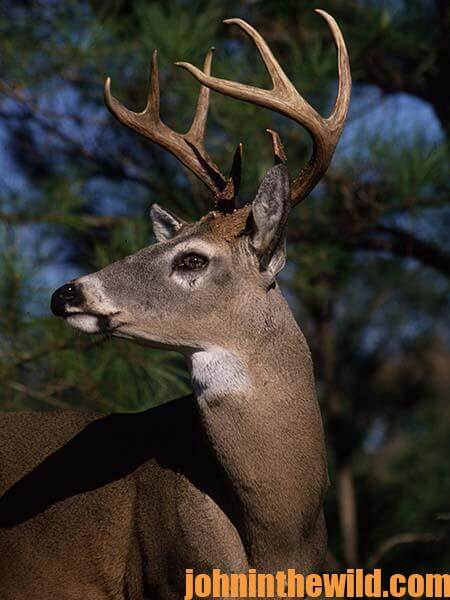 all season long and be easier to find and see. By careful observation, you may learn the location of his deer season hideout. This week we’ll learn more about the importance of post-season scouting and tactics and products to use then.
all season long and be easier to find and see. By careful observation, you may learn the location of his deer season hideout. This week we’ll learn more about the importance of post-season scouting and tactics and products to use then.
“How to Hunt Deer Up Close: With Bows, Rifles, Muzzleloaders and Crossbows,” Click here to get this book.
About the Author
John Phillips, winner of the 2012 Homer Circle Fishing Award for outstanding fishing writer by the American Sportfishing Association (AMA) and the Professional Outdoor Media Association (POMA), the 2008 Crossbow Communicator of the year and the 2007 Legendary Communicator chosen for induction into the National Fresh Water Hall of Fame, is a freelance writer (over 6,000 magazine articles for about 100 magazines and several thousand newspaper columns published), magazine editor, photographer for print media as well as industry catalogues (over 25,000 photos published), lecturer, outdoor consultant, marketing consultant, book author and daily internet content provider with an overview of the outdoors. Click here for more information and a list of all the books available from John E. Phillips.

